- Art Home
- Exhibitions
-
Explore the Collection
- Explore the Collection Home
- African Art
- American Paintings, Sculpture and Drawings
- Contemporary
- Decorative Arts and Design
- East Asian Art
- European Paintings, Sculpture and Drawings
- Fashion Arts and Textiles
- Musical Instruments
- Indigenous American Art
- Photography
- Prints
- South Asian Art, Islamic Art and Antiquities
- Conservation
- Meet the Curators
- Digital Resources
- Events & Programs Home
- Calendar
- Accessibility
- Adults
-
Families & Teens
- Families & Teens Home
- 10x10 Teen Art Expo
- Art on the Rise
- Art Together: Art Making for Families with Children Ages 3–5
- Baby Tours
- Boy Scouts / Girl Scouts
- CAM Kids Day
- Choose Your Own Gallery Adventure
- Family Storytime and Gallery Walk
- Family Studio: Art Making for Families with Children Ages 6–12
- REC Reads
- Rosenthal Education Center (REC)
- See Play Learn Kits
- Summer Camp
- Teachers
- Community Outreach
- Fundraisers
- Plan Your Own Event

- Art Home
- Exhibitions
-
Explore the Collection
- Explore the Collection Home
- African Art
- American Paintings, Sculpture and Drawings
- Contemporary
- Decorative Arts and Design
- East Asian Art
- European Paintings, Sculpture and Drawings
- Fashion Arts and Textiles
- Musical Instruments
- Indigenous American Art
- Photography
- Prints
- South Asian Art, Islamic Art and Antiquities
- Conservation
- Meet the Curators
- Digital Resources
- Events & Programs Home
- Calendar
- Accessibility
- Adults
-
Families & Teens
- Families & Teens Home
- 10x10 Teen Art Expo
- Art on the Rise
- Art Together: Art Making for Families with Children Ages 3–5
- Baby Tours
- Boy Scouts / Girl Scouts
- CAM Kids Day
- Choose Your Own Gallery Adventure
- Family Storytime and Gallery Walk
- Family Studio: Art Making for Families with Children Ages 6–12
- REC Reads
- Rosenthal Education Center (REC)
- See Play Learn Kits
- Summer Camp
- Teachers
- Community Outreach
- Fundraisers
- Plan Your Own Event
Blog
Blog
- Home
- Plan Your Visit
-
Art
- Art Home
- Exhibitions
-
Explore the Collection
- Explore the Collection Home
- African Art
- American Paintings, Sculpture and Drawings
- Contemporary
- Decorative Arts and Design
- East Asian Art
- European Paintings, Sculpture and Drawings
- Fashion Arts and Textiles
- Musical Instruments
- Indigenous American Art
- Photography
- Prints
- South Asian Art, Islamic Art and Antiquities
- Conservation
- Meet the Curators
- Digital Resources
-
Events & Programs
- Events & Programs Home
- Calendar
- Accessibility
- Adults
-
Families & Teens
- Families & Teens Home
- 10x10 Teen Art Expo
- Art on the Rise
- Art Together: Art Making for Families with Children Ages 3–5
- Baby Tours
- Boy Scouts / Girl Scouts
- CAM Kids Day
- Choose Your Own Gallery Adventure
- Family Storytime and Gallery Walk
- Family Studio: Art Making for Families with Children Ages 6–12
- REC Reads
- Rosenthal Education Center (REC)
- See Play Learn Kits
- Summer Camp
- Teachers
- Community Outreach
- Fundraisers
- Plan Your Own Event
- Give & Join
- About
- Tickets
- Calendar
- Exhibitions
- Blog
- Shop
1924: Life 100 Years Ago as Told by CAM
by Cole Rodgers, Marketing Project Manager
5/23/2024
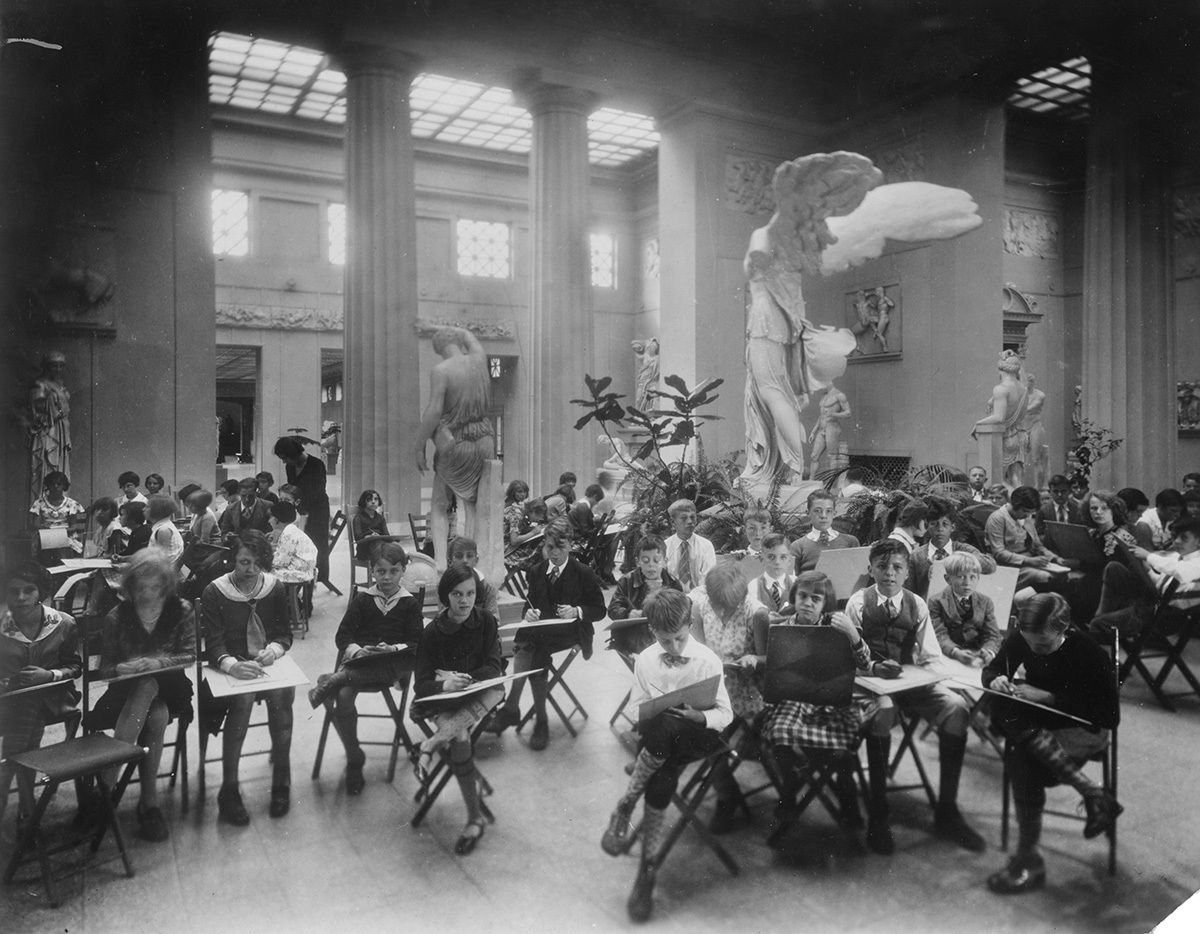
The Cincinnati Art Museum in the 1920s. Image courtesy of our Mary R. Schiff Library & Archives.
Life in 2024 is fast paced, and with so many of our day-to-day activities revolving around those little computers in our pockets, it’s increasingly difficult to imagine it before our digital age. With time zooming past us, it’s important to reflect on the journey that brought us here. Let’s explore some of the clues CAM has left for us that paint a picture of the museum 100 years ago.
Free Admission? Nifty!
In 1924, roughly 50,600 art lovers visited CAM. The price of a general admission ticket to view the artworks and plaster cast recreations back then was a reasonable 25 cents. (That’s $4.57 in 2024’s economy.) This year, upwards of 200,000 guests will enjoy general admission to the museum for free made possible by a gift from The Rosenthal Family Foundation.
Puttin’ on the Ritz: Exhibitions
CAM is proud to present many special exhibitions each year, including 2023’s Picasso Landscapes: Out of Bounds, voted “#1 Museum Exhibition” in Cincinnati CityBeat’s 2024 “Best of” Readers Poll. The year 1924 was no exception. Visitors were delighted by 19 exhibitions including Watercolors by Leon Bakst, Exhibition of Early American Glass, Eighty-one Drawings by Aubrey Beardsley, and the Traveling Exhibit of Graphic Arts arranged by the United States National Museum, today’s Smithsonian Institution.
So Many Swell Acquisitions
The curators at CAM devote much of their time acquiring new artworks to grow and diversify CAM’s collection. Back in 1924, CAM’s curators added several exciting artworks to the collection, including St. Charles Borromeo (1767–1769) by Giovani Battista Tiepolo (Italian, 1696–1770); Sunday Morning in Virginia (1877) by Winslow Homer (American, 1836–1910); and The Cellist (1908) by Cincinnati native Joseph DeCamp (American, 1858–1923). You can see all three on display now!
Copacetic Contemporary Art
What is the defining feature of art created today in 2024? Many descriptions of contemporary art comment on how varied and impossible it is to define art “in our lifetime.” Which artworks from the collection were considered “contemporary” in 1924? Here’s a selection:
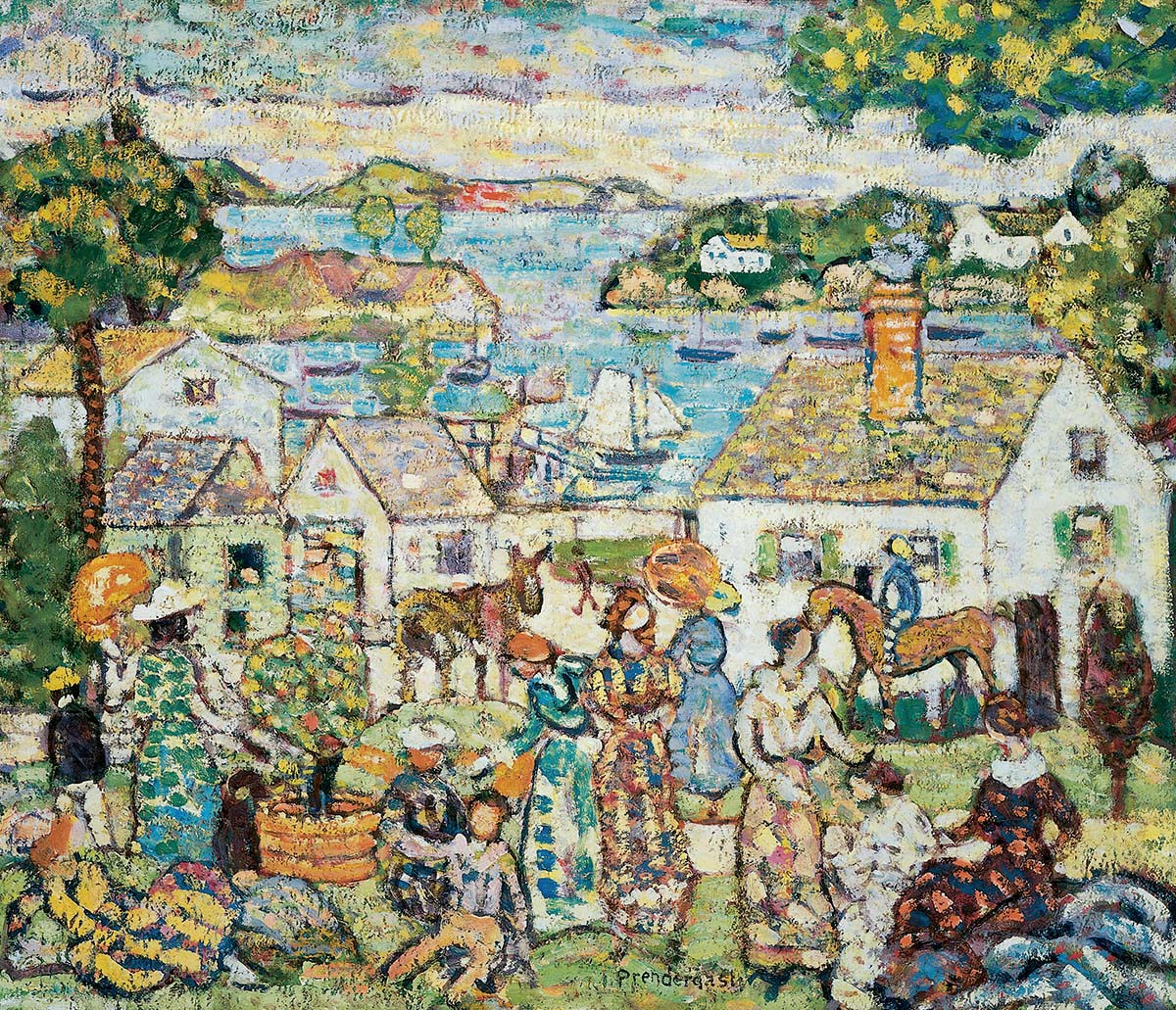
New England Harbor, by Maurice Prendergast, forgoes traditional means of depicting perspective for a flat look that utilizes bold colors and simplified shapes.
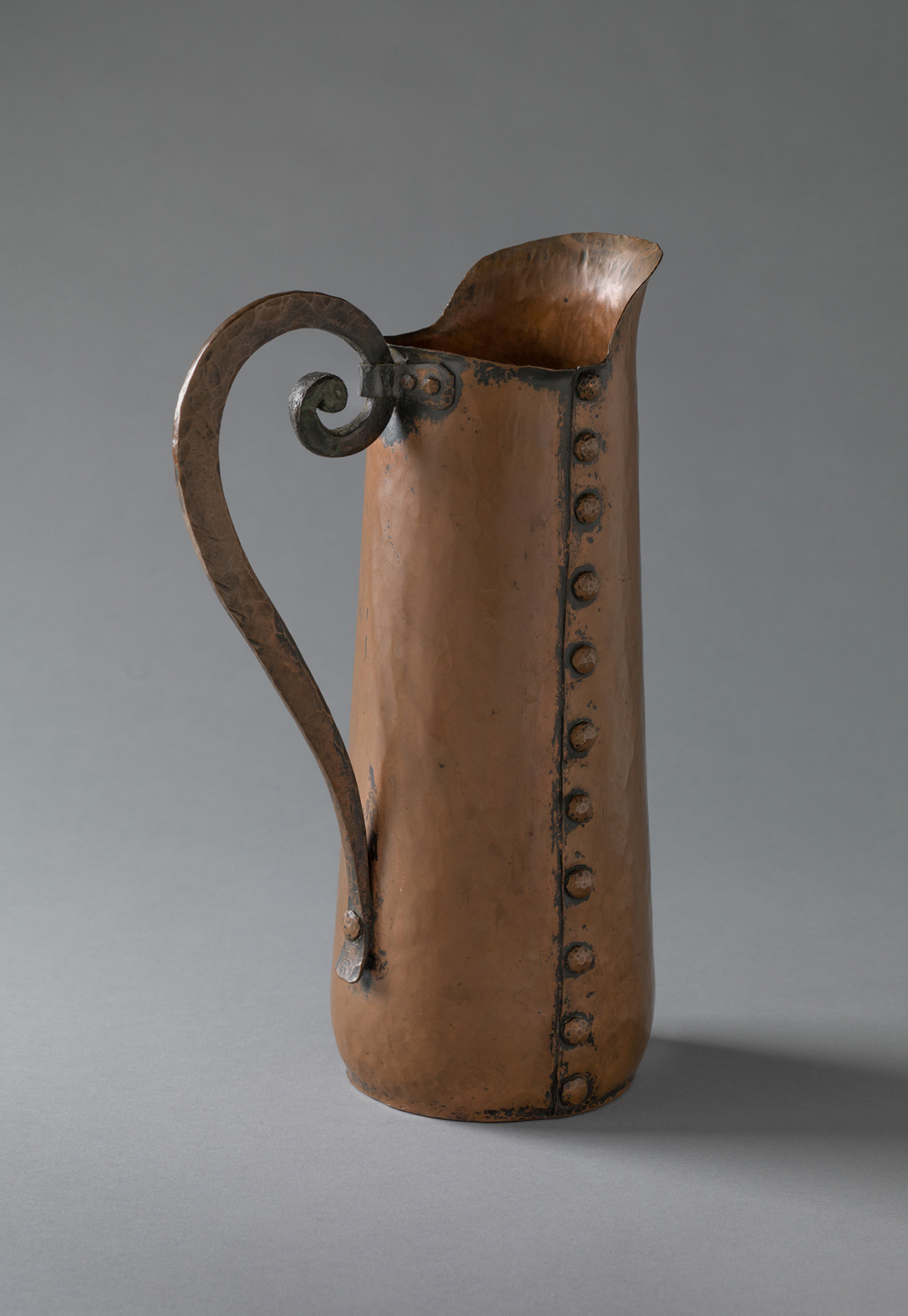
Pitcher, by the Tressel Company, demonstrates how artisans in the 1920s used copper to intersect artful form and function.
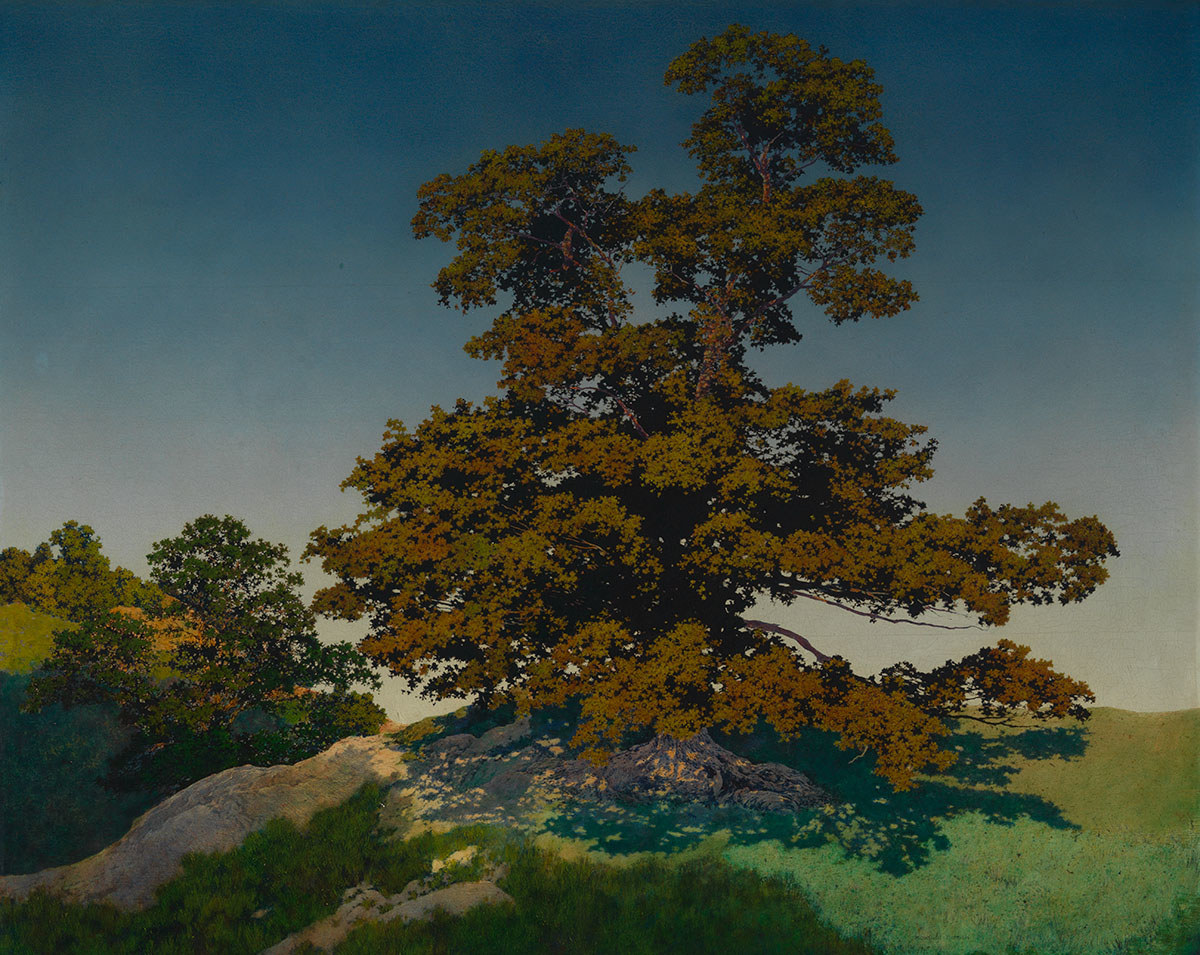
Portrait of a Tree, painted by icon of American illustration Maxfield Parrish, achieves incredible luminosity by layering paint and varnish over a white background.
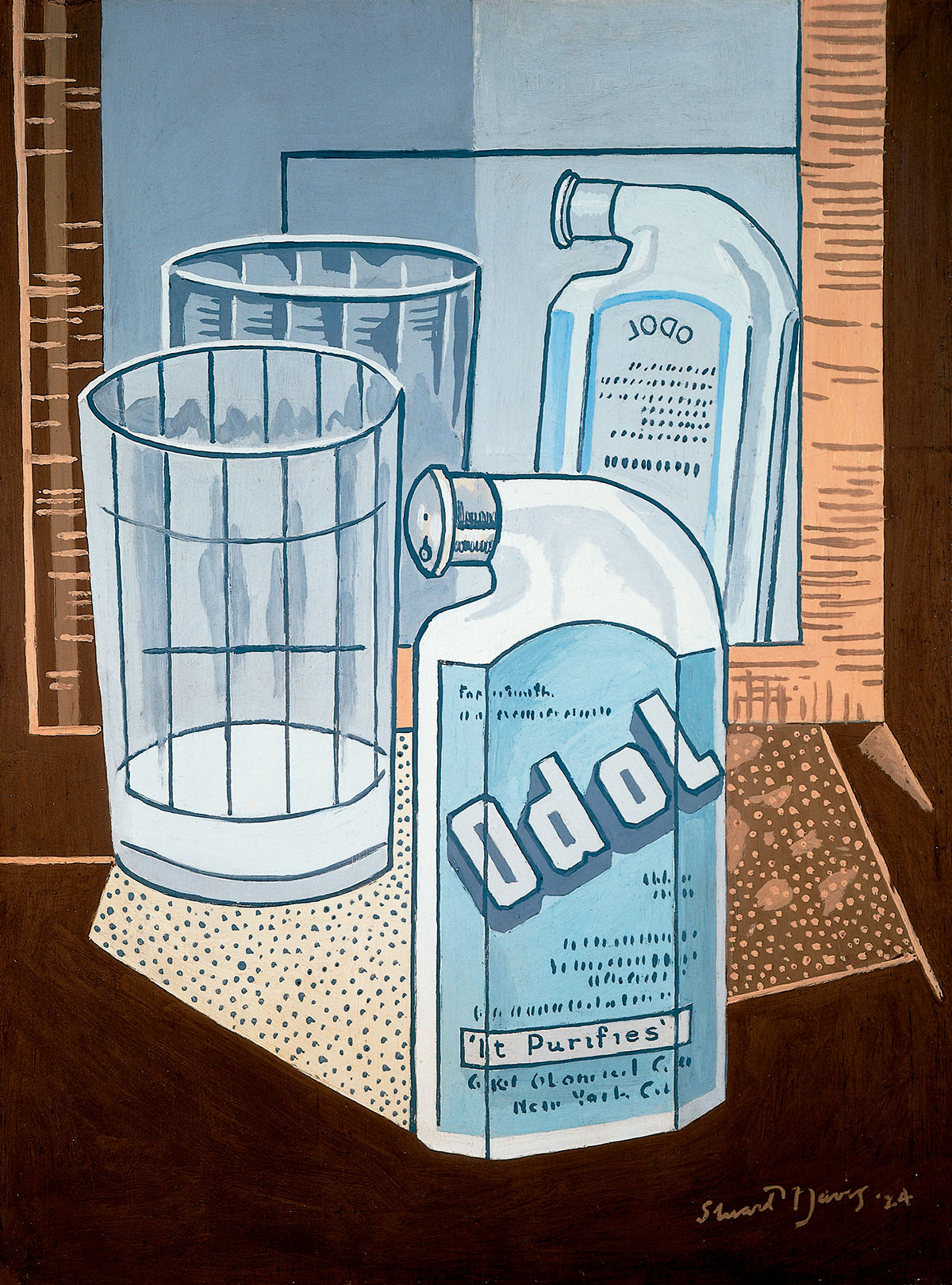
Odol, by Stuart Davis, turns the classical practice of still-life painting upside down. The simplified shading and linear forms of the mouthwash bottle and glass challenge the perception of what is worthy to be painted.
The 1920s in America are described as “roaring” with good reason. The economic boom following the end of World War I sent a shockwave of prosperity across much of the nation. We hope you enjoyed learning about happenings at CAM during this decade of jazz, silent movie stars, art deco design, Women’s Suffrage, and Prohibition. To learn more about CAM’s past, take a peek at the “Museum History” page on our website.
Cincinnati, OH 45202
Toll Free: 1 (877) 472-4226
Museum Hours
Museum Shop
Terrace Café
Library
The Cincinnati Art Museum is supported by the generosity of tens of thousands of contributors to the ArtsWave Community Campaign, the region's primary source for arts funding.

Free general admission to the Cincinnati Art Museum is made possible by a gift from the Rosenthal Family Foundation. Exhibition pricing may vary. Parking at the Cincinnati Art Museum is free.
Generous support for our extended Thursday hours is provided by Art Bridges Foundation’s Access for All program.

General operating support provided by:



